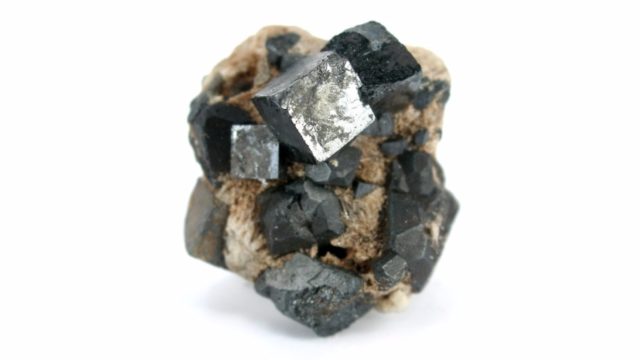
umans have always wanted blazing fast internet. So, what’s that thing that could give what we desire? Probably, it’s something from the past rather than from the future.
A rare mineral, first discovered in Urals Mountains of Russia in 1839 by Lev Prevoski, has excited scientists by exhibiting properties that could be exploited to make our internet around a lot faster than today.
Known as Perovskite, the Calcium Titanium Oxide (CaTiO3) mineral has a crystal structure (including many different cations) which could be modified as per requirements. The mineral exists in Earth’s mantle in Arkansas, Urals, Switzerland, Sweden, and Germany where it has different compositions.
Earlier in 2009, it was discovered that Perovskite could also act as a nature-made photovoltaic cell by absorbing sunlight and converting it into electricity. So, experiments are being done to create solar cells using the mineral.
Now, the scientists have found that the mineral can use the terahertz (THz) spectrum for data transfer. Their system which can transfer data using a halogen lamp over terahertz band (frequency range 300-3,000 GHz) includes a particular composition of Perovskite deposited as thin layers on silicon wafers.
When the light passes through Perovskite, the scientists can stuff data in the THz waves. They also found that they can change the color of the light to modulate THz waves at different frequencies at the same time. Thus, by using multiple different-colored halogen lamps, they can send multiple data streams that are 1,000 times faster.
The research was published earlier this month in Nature Communications. Developments like this look promising, and they would open new technology horizons. But, according to the scientists, we shouldn’t expect anything commercial within the next decade.

0 comments:
Post a Comment